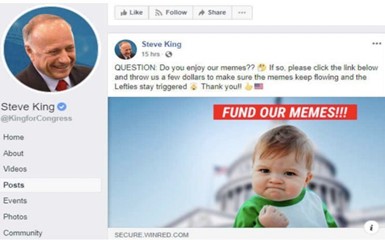The US Court of Appeals for the Federal Circuit reversed the granting of a sweeping preliminary injunction (PI) in a trade secret suit against a competitor, finding that the district court’s analysis failed to consider potentially dispositive issues and the requirements of the Defend Trade Secrets Act (DTSA). Insulet Corp. v. EOFlow, Co., Case No. 24-1137 (Fed. Cir. June 17, 2024) (Lourie, Prost, Stark, JJ.) Among other things, the district court:
- Failed to consider whether the plaintiff’s claims were time-barred.
- Used an incorrect definition of “trade secret.”
- Based its irreparable harm analysis on an unsubstantiated fear of a competitor’s potential acquisition of the defendant.
- Failed to meaningfully assess the balance of harm and the public interest factors.
Insulet and EOFlow are medical device manufacturers that make insulin pump patches. Insulet began developing its OmniPod product in the early 2000s and launched next-generation models in 2007 and 2013. EOFlow began developing its own insulin pump product, the EOPatch, in 2011 and began work on its second-generation product in 2017. Around the time that EOFlow began developing its second-generation device, four Insulet employees joined EOFlow.
In early 2023, Medtronic allegedly started a diligence process to acquire EOFlow. Shortly thereafter, Insulet sued EOFlow for trade secret misappropriation, seeking an injunction to bar all technical communications between EOFlow and Medtronic. The district court granted Insulet’s request, finding that Insulet was likely to succeed on its trade secret claim because EOFlow had hired former Insulet employees who retained Insulet’s confidential documents, and Medtronic’s intended acquisition of EOFlow would cause irreparable harm to Insulet. The injunction broadly prevented EOFlow from “manufacturing, marketing, or selling any product that was designed, developed, or manufactured, in whole or in part, using or relying on the Trade Secrets of Insulet.”
EOFlow appealed the injunction. EOFlow argued that the district court failed to address whether Insulet’s claim was time-barred under 18 U.S.C. § 1836(d) of the DTSA and to consider factors relevant to Insulet’s likelihood of success or meaningfully assess the balance of harm and public interest factors.
The Federal Circuit first observed that the district court had expressed no opinion regarding EOFlow’s § 1836(d) statute of limitations (SoL) argument, even though Insulet’s compliance with the SoL was a material factor that would significantly impact Insulet’s likelihood of success. This alone constituted an abuse of discretion meriting reversal.
The Federal Circuit found that even if the district court had addressed the SoL, the injunction was not adequately supported. The Federal Circuit explained that the district court had improperly and broadly defined “trade secret” as “any and all Confidential Information of Insulet,” where “Confidential Information” was defined by the district court to mean any materials marked “confidential” as well as any CAD files, drawings or specifications. The Federal Circuit explained that the district court should have required Insulet to define the allegedly misappropriated trade secrets with particularity. Instead, the district court allowed Insulet to “advance a hazy grouping of information” and stated that “it would be unfair to require at [...]
Continue Reading
read more

 Subscribe
Subscribe




